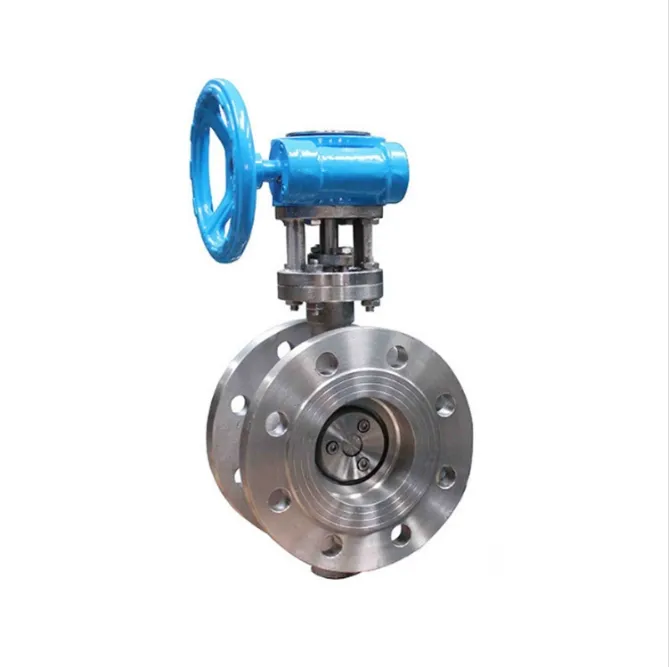Understanding the Role of Pressure Control Valves in Hydraulic Systems for Optimal Performance
Pressure Control Valve in Hydraulic Systems
Pressure control valves are essential components in hydraulic systems, playing a critical role in the regulation and management of fluid pressure. These valves ensure that the pressure in the hydraulic circuits remains within specified limits, safeguarding equipment from damage and enhancing the performance of the entire system. Understanding the function and importance of pressure control valves can lead to improved efficiency and longevity in hydraulic applications.
Hydraulic systems rely on pressurized fluid to transmit power. The pressure within the system must be maintained at an optimal level for various operations, whether for lifting heavy loads, steering, or other activities. Without proper regulation, systems can experience excessive pressure spikes, leading to mechanical failure, leaks, and increased wear on components. This is where pressure control valves come into play.
There are several types of pressure control valves commonly used in hydraulic systems, including pressure relief valves, pressure reducing valves, and pressure sequence valves. Each type serves a unique purpose, yet they all aim to manage and control pressure effectively.
Pressure Relief Valves are perhaps the most recognized type. Their primary function is to prevent overpressure in the system by opening and allowing fluid to escape when the pressure reaches a predetermined threshold. This mechanism ensures that hydraulic components are not subjected to pressures beyond their design limits. The relief valve acts as a safety feature, protecting the system from catastrophic failures.
Pressure Reducing Valves, on the other hand, are designed to lower the pressure from a higher level to a desired lower level. This is particularly important when different parts of a hydraulic circuit operate at varying pressure requirements. By utilizing a pressure reducing valve, operators can maintain a controlled pressure downstream, which is critical for the proper function of the machinery attached to the hydraulic system.
pressure control valve in hydraulic system

Pressure Sequence Valves are used to ensure that hydraulic functions occur in a specific order. They allow one circuit to operate only after a certain pressure is reached in another circuit. This sequence of operations is crucial in complex systems where multiple actions need to be coordinated, such as in construction machinery or manufacturing equipment.
The installation and maintenance of pressure control valves are vital for optimal hydraulic system performance. Regular inspections are necessary to ensure that these valves are functioning correctly and are free from debris and wear, which can impede their operation. If a valve fails, it can lead to unregulated pressure conditions that may damage hydraulic components.
Moreover, the selection of the right pressure control valve is critical. Factors such as the type of hydraulic fluid, the pressure range required, the flow rate, and the overall system design must be considered when choosing a valve. Engineers and system designers must analyze these variables to ensure that the chosen valve meets the operational requirements and enhances system reliability.
The technological advancements in hydraulic systems have also influenced the design of pressure control valves. Modern valves often incorporate electronic controls that allow for more precise pressure regulation and remote operation capabilities. These advancements can significantly increase the efficiency and responsiveness of hydraulic systems, making them more adaptable to various applications.
In conclusion, pressure control valves are an indispensable component of hydraulic systems, ensuring operational safety, efficiency, and reliability. By regulating pressure, they prevent system failures, protect equipment, and facilitate complex operations. Understanding the various types and functions of these valves is essential for anyone involved in the design, maintenance, or operation of hydraulic systems. As hydraulic technology continues to evolve, the role of pressure control valves will undoubtedly remain central to maximizing the potential of hydraulic applications, enhancing both performance and safety across multiple industries.
-
Breakthrough in Domestic Low Temperature Valve Technology in ChinaNewsAug.18,2025
-
From Machinery to Intelligent Brain: The Digital Transformation Wave of the Valve IndustryNewsAug.18,2025
-
PCVEXPO 2025NewsAug.18,2025
-
The Key to Fluid Control: Exploring the Advantages of Ball Valves in Industrial SystemsNewsJul.09,2025
-
The Versatile World of 1, 2, and 3 Piece Ball ValvesNewsJul.09,2025
-
Stainless Steel Ball Valves: The Ideal Choice for Efficient Flow ControlNewsJul.09,2025
-
Optimizing Fluid Control with Ball Float ValvesNewsJul.09,2025




